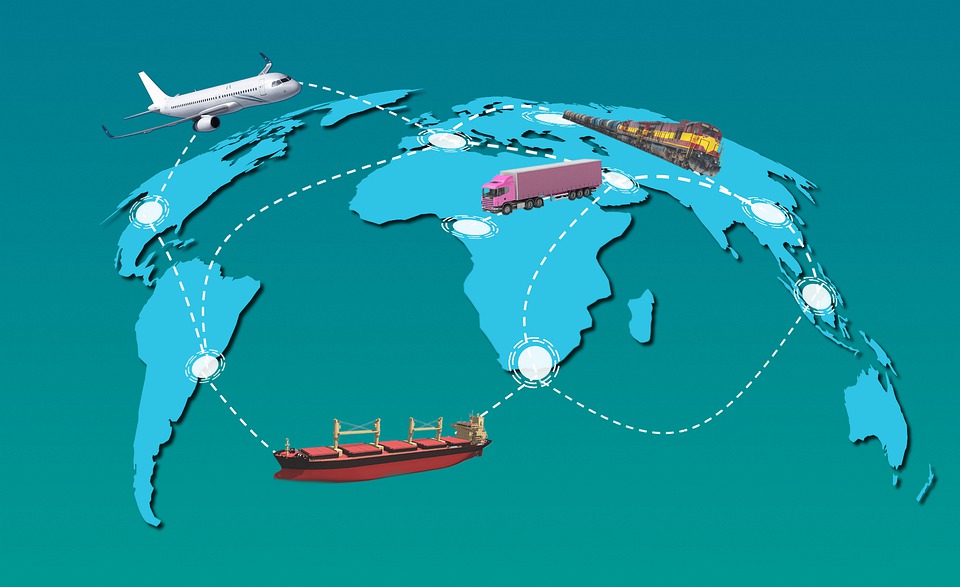
What is a supply chain?
The set of processes that directly or indirectly deal with supply needs within a given organization is called a supply chain (sometimes referred to by its English name, Supply Chain ). That is, the processes that deal with the reception and fulfillment of customer requests.
Each company or organization has its own supply chain, adapted to its methods and objectives, as well as the nature of the company. For example, service companies have short and specific supply chains, while industry usually requires the participation of numerous entities throughout a long supply chain.
Supply chain management , for its part, is an administrative process that seeks to coordinate the elements involved in the supply chain as best as possible, thus guaranteeing its effectiveness and quality, and minimizing disorder in the dynamics. of production.
Phases and elements of the supply chain
Broadly speaking, supply chains comprise the set of raw materials, component suppliers, customers, retailers, wholesalers, manufacturers and distributors, which make up the entire production process.
Although a supply chain is usually always adapted to the nature of the company, it is possible to classify its elements according to the stage of the production process with which they deal. Thus, we can talk about three fundamental phases of any supply chain:
- Supply. It is responsible for how and where to obtain raw materials, where to store them, how to mobilize them and what criteria to use in their selection.
- Manufacturing. It is responsible for the transformation of these raw materials into manufactured objects, which usually requires energy, labor, coordination, capital, etc.
- Distribution . It is responsible for delivering the final product to the merchants and those responsible for putting it in the hands of the target consumer public, which usually involves more or less complex transportation networks and economic agreements.
Each of these stages is connected to the others through the flow of materials, capital or information, and in some cases all three stages may not always be present, but some may be outsourced.
Types of supply chain
A synchronized supply chain requires perfect coordination between phases.
Depending on its constitution, we can talk about the following types of supply chain:
- Traditional. Ideal for small companies without the need for great control over their production, it lacks a continuous flow of information between its phases, which is why they act independently.
- Shared. Unlike the traditional one, this supply chain has a defined database to provide information for each phase, although it continues to allow individual decision-making and very high margins of autonomy.
- Synchronized. In this case, not only is the information shared by all phases, but they all obey the same mandate and operate in a synchronized, that is, centralized, manner. This is only possible through logistics networks strongly based on technology.
Supply Chain Example
A successful example of supply chain management is the Spanish clothing company, Zara. Its enormous coordination between phases of the supply chain allows it to replenish inventory of its products up to twice a week, in a wide network of commercial establishments inside and outside Spain.
This chain requires very close communication between the management of each branch and the company’s administration. In addition, it has huge warehouses of highly classified merchandise through the use of computer technology.
There each product remains for a very short period of time, since its final destination is decided by crossing the sales reports of each branch and the warehouse stocks. In this way, there are no delays in the supply chain that could interrupt, even momentarily, the commercial activity of the company.
